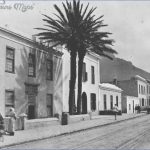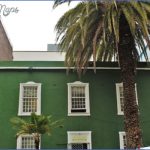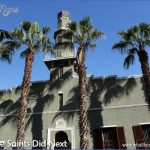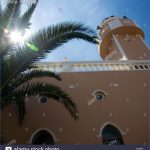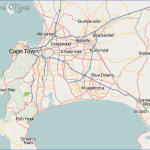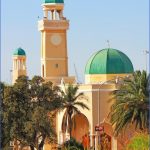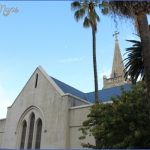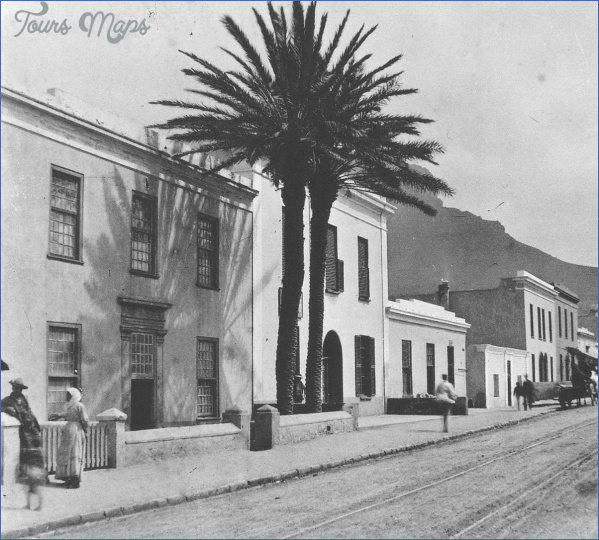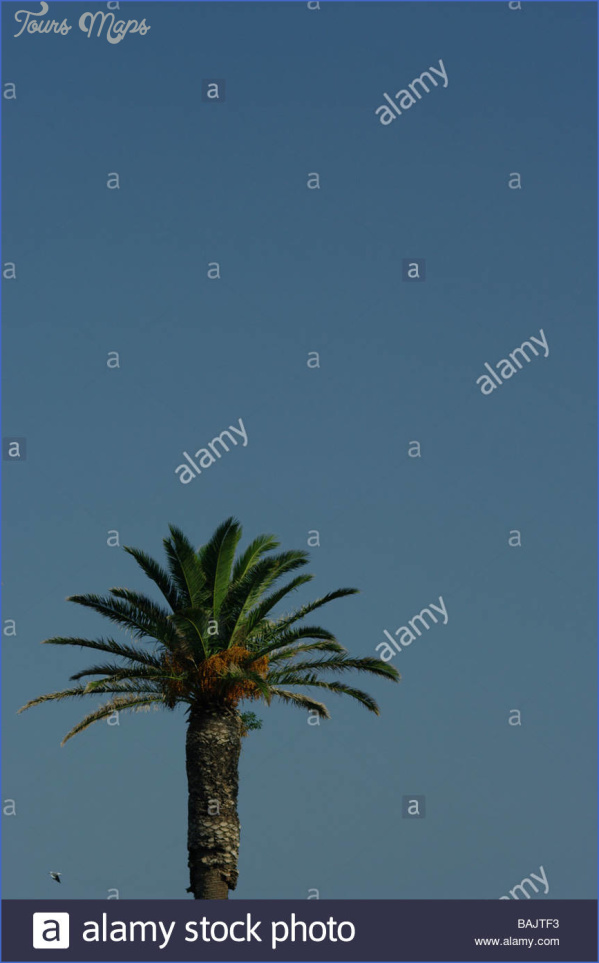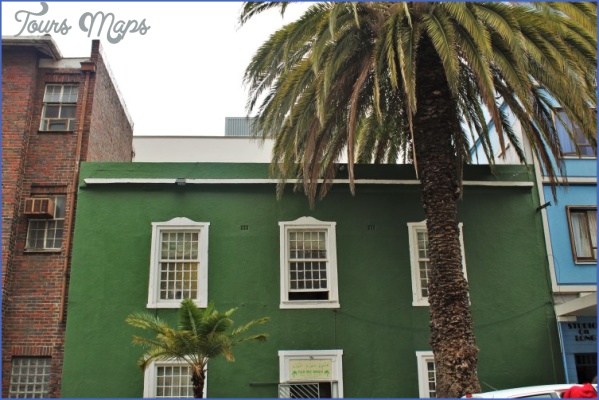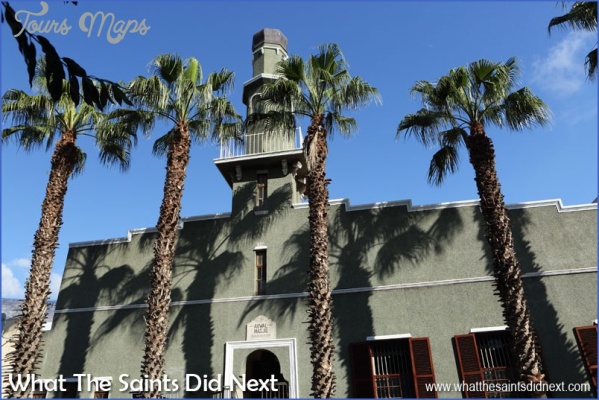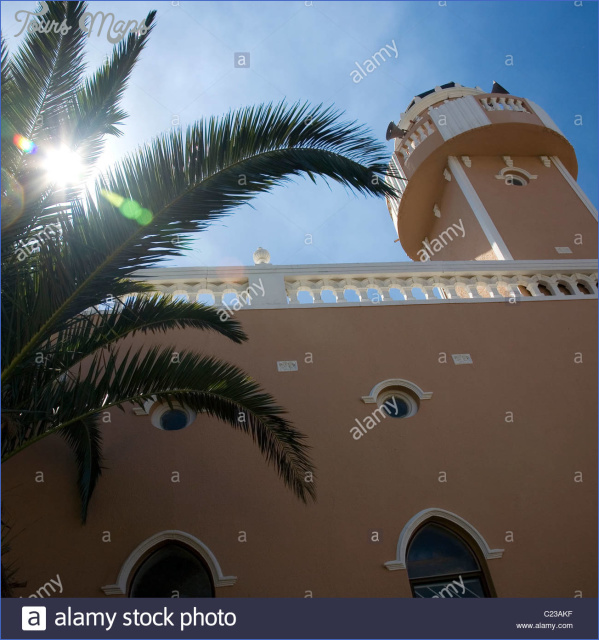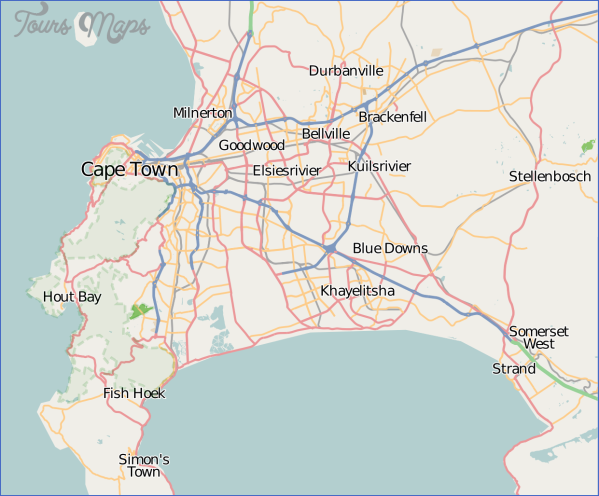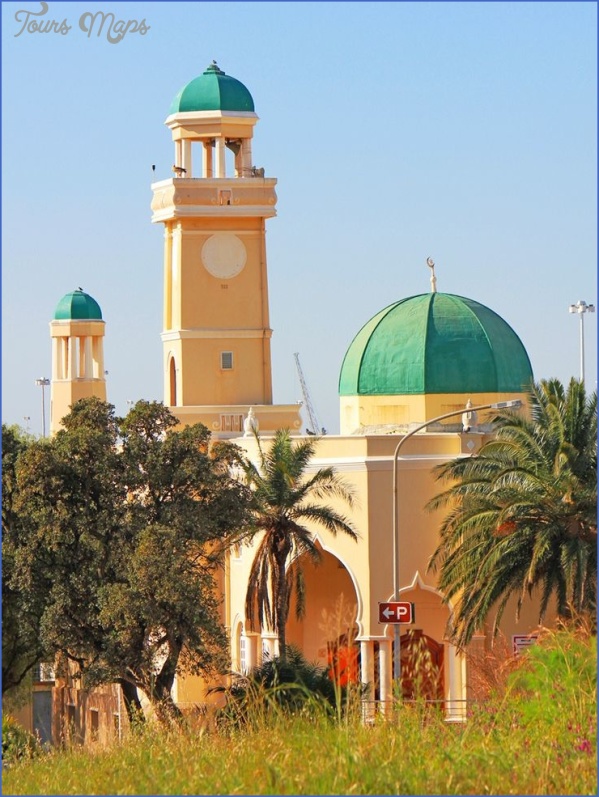A little two-storey, 18th-century building in Long Street, originally a house, survives in use as a mosque – for which it was first used early in the 19th century. Originally two palms grew in a garden in front of it – only one of which survives.
A 185 Long Street is an 18th-century house. It’s rather an odd sight: incongruously domestic-looking in a sea of shops and nightclubs, a tall, lone palm at its door. The most striking thing about it is that it’s there at all.
A lone survivor of a time when Long Street was lined with one- and two-storey houses, nothing much appears to have changed here over the last 250 years or so. Even the 18th-century sash windows still gaze out over the street, although the lower ones are just a few centimetres above the now-raised pavement level, and you have to descend into the building through a front door also adapted to the new height. Once, a low wall divided its little front garden from the road, and here stood the two palm trees that gave it its name. Just one survives.
Built as a house, it became a mosque early in the 19th century. ‘The most extraordinary thing about the Palm Tree Mosque is the continuity it represents with the past,’ says Abubakr Shabodien of Cape Town’s Discover Islam Centre. ‘Not only has its physical appearance changed very, very little over the years, but also the way it’s used now is virtually the same as when it became a place of worship when two freed slaves, Frans van Bengalen and Jan van Boukies, who bought it in 1807, converted just one room into a prayer room. Today the upper floor is one large, undivided space, possibly an addition from around 1811, when more space was needed for a mosque. ’
In all the old views of Long Street, there it is, a mosque without a minaret. Why no minaret? It dates from a time in Cape Town when Islam wasn’t yet apparent in the appearance of its buildings, because religious practice, while not exactly concealed, wasn’t entirely encouraged either. And, anyway, the building was still a private house. Even the Auwal Mosque in the Bokaap, the city’s oldest, that began life in 1798 as a madressa, only much later acquired its minaret, Tuan Guru having called the faithful to prayer through an open window with a voice so loud and clear that, it was said, he could be heard in Simon’s Town! Who needed a minaret?
‘Since 1811, the house at no. 185 Long Street has been both home and place of worship. Even today, when it’s time to pray, the whole building fills up, and on Fridays, the lounge at the front, part of the home of the Imam’s brother and his wife, who look after the building (the family has been in control of the building for generations), is emptied of its furniture to make more room to pray. In that sense the building is being used as it always has been. I think that’s so lovely. The sense of continuity is complete,’ Shabodien says.
On entering from Long Street, the congregation must descend a few steps now that the pavement outside is higher than it once was. The door has been shortened, and the two sash windows facing onto the street are also lower than they would originally have been. The mihrab, on the left, is a niche in the wall that indicates the direction of the Kaaba in Mecca and hence the direction that Muslims should face when praying. In the middle, the minbar, or pulpit, is raised above the floor of the mosque. The mens ’ apparel: thobes hanging on hooks with accompanying fezs. This timeless scene could exist anywhere in the Muslim world. Inside, the simple workaday interior is still very much in use by the faithful, many of whose families have been praying here for generations.
PALM TREE MOSQUE Long Street Cape Town Photo Gallery
Maybe You Like Them Too
- Sanctuary Makanyane Safari Lodge SOUTH AFRICA
- Ruzizi Tented Lodge Akagera National Park, Rwanda
- Map of BOTSWANA – Mombo Camp BOTSWANA
- One & Only Nyungwe House RWANDA
- South Luangwa National Park Safari

